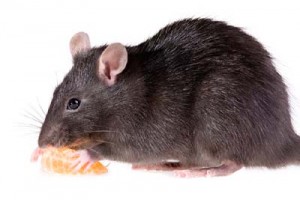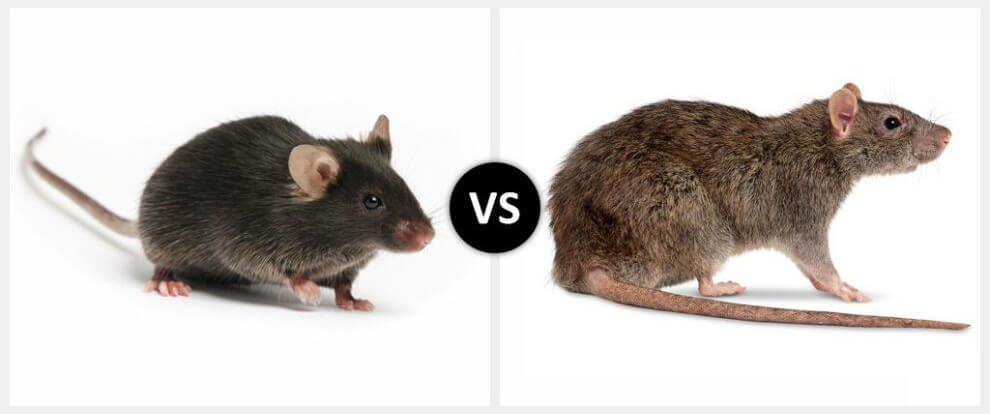Rodent Removal
If you think you may have a rodent infestation, contact us now to quickly get rid of the problem.
Rats and mice represent a serious threat to human safety and, with their breeding rates, can quickly become entrenched in your home or business. SK Pest provides rodent removal services to homeowners throughout New Haven, Milford, Orange, Branford and the surrounding area.
Get a FREE quoteHow can SK Pest help you remove rodent infestations?
- Execute a thorough inspection to identify the rodents involved, their access points and the areas of activity.
- Work with the homeowner to come up with a comprehensive rodent control plan that can be designed and implemented.
- Take measures to ensure that re-infestation will not occur.

Rats and Mice
There is no real difference between rats and mice, except that rats are larger and the fear and anxiety caused by rats is much greater. Mice, like most rodents, have large families to help their species survive. They can have litters of four to eight babies five to ten times a year. Mice grow quickly and are often ready to start their own families when they are six-weeks old. Mice eat almost anything including soap and wallpaper glue. Mice, like rats, are commensals because they share our food and live with us and are nocturnal, staying active while in the dark. Just like rats, they are pests that carry diseases and destroy food and property.
Although less threatening than rat, in some respects, mice can be a tougher pest control problem because of their minute size and ability to enter extremely small holes. Mice only need a ¼ inch gap to gain entry into a building and once inside, require only minute amounts of food and water to survive. Make no mistake about it. Just because mice are “cuter” than rats, they can be every bit as damaging and hazardous to health and property. Just like rats, mice eat and contaminate human and pet foods. Just like rats, they gnaw on electrical wires, shred insulation and gnaw on wood. Mice, just like rats, are capable of transmitting diseases and are well-known for spreading salmonella (food poisoning).

How To Identify The House Mouse Or Rat
Norway rats are identifiable by their stocky, gray-brown bodies. Their tails are shorter than their body length and their ears are small. Norway rats are larger than most other rat species. Norway rats line their nests with fibrous materials, such as shredded paper and cloth.
The house mouse (Mus musculus) can be easily distinguished from deer and white-footed mice by uniform grey or light brown coloration and a nearly hairless tail. The other two species are darker on top with light-colored bellies and tails that are covered with dark fur on top, lighter fur on the bottom. House mice weigh about half an ounce and are about 6 inches in length including a 3-inch tail.
Rats are generally larger than mice. While young rats can sometimes be mistaken for mice, they can be distinguished by their disproportionately long feet.
What are the visual signs of rodent activity?
Because rats are nocturnal and stay hidden in burrows or behind drywall, actual sightings of rats are difficult. Instead, the focus is on what they leave behind and the damage that they cause. In addition to visual signs, rodents generate various sounds. With rodent infestations, you can often hear gnawing, climbing in walls, various squeaks and fighting noises from territorial disputes.
Urine and droppings
Urine stain may occur along travelways or in feeding areas. Rats mark their territory with their urine. Rat colonies have their own smell, so rats from other colonies know when they have reached the borders of enemy territory. Urine, both wet and dry, is fluorescent under ultraviolet lights.
Rodents produce 80-100 droppings per day and can easily be detected along runways, in feeding areas, and near shelter. Their droppings are thin and dark. They may be as large as ¾ inch and ¼ inch in diameter. Fresh droppings are soft in texture. Do not expect hard pellets. Droppings are one of the easiest, surest signs of a rodent infestation.
Marks and damage from gnawing
Gnawing is one of the key tell-tail signs of a mouse or rat infestation. A pest control professional can inspect tooth marks to determine whether they are from rat gnawing or mouse gnawing. Gnawing may be visible on doors, ledges, in corners, in wall material, on stored materials, or other surfaces wherever rodents are present. Fresh accumulations of wood shavings, insulation, and other gnawed material indicate active infestations. Rodents also create entry holes form gnawing with mouse holes in the 1-inch range and rat holes are 2 inches or larger.
Smudge marks (Rub marks)
Rats have oil-secreting glands that they use to mark territory and help them navigate repetitive routes. As a result, smudge marks (rub marks) are often found along frequently traveled including walls, beams, rafters, and pipes.
Rat tracks, Runs and Burrows
Rats memorize pathways and use the same routes habitually. Runs or burrows may be found next to walls, along fences, next to buildings, or under bushes and debris. In dusty loft or basement areas, rats can leave a worn trail of footprints and tail marks, especially in areas that accumulate dirt or mud such as skirting boards, along beams, or leading to access points such as open ventilation grills, gaps in walls and pipes and/or cable entry points. A tracking patch made of flour can be placed in pathways overnight to determine if rodents are present.
Food scraps
Rodents often leave behind scraps in sheltered spaces, particularly against walls or in corners such as nut shells.
What are the signs of a mouse infestation?
A mouse infestation has signs similar to a rat infestation. Tiny black droppings are a strong indicator of mouse activity as well as cereal boxes or other containers that have been opened from gnawing. Mice also have a distinctive musky smell that may be noticeable. The mouse prevention and mouse control techniques are similar to those used for rats: sanitation, eliminating entry points into the home or structure, traps, and baiting.